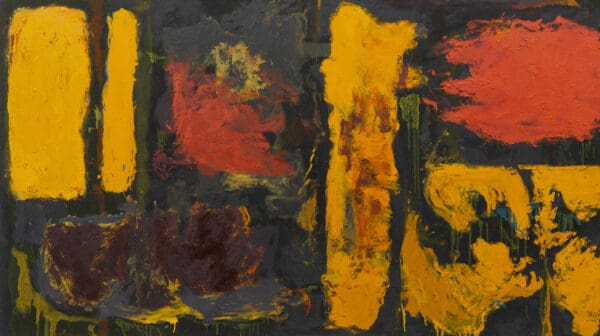
Making Space at the Table
NAP Contemporary’s group show, The Elephant Table, platforms six artists and voices—creating chaos, connection and conversation.
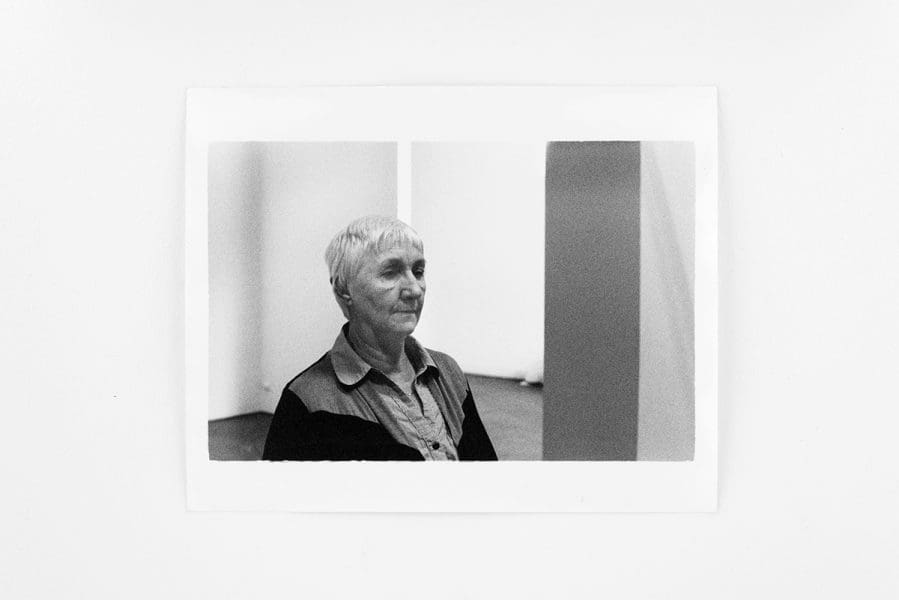
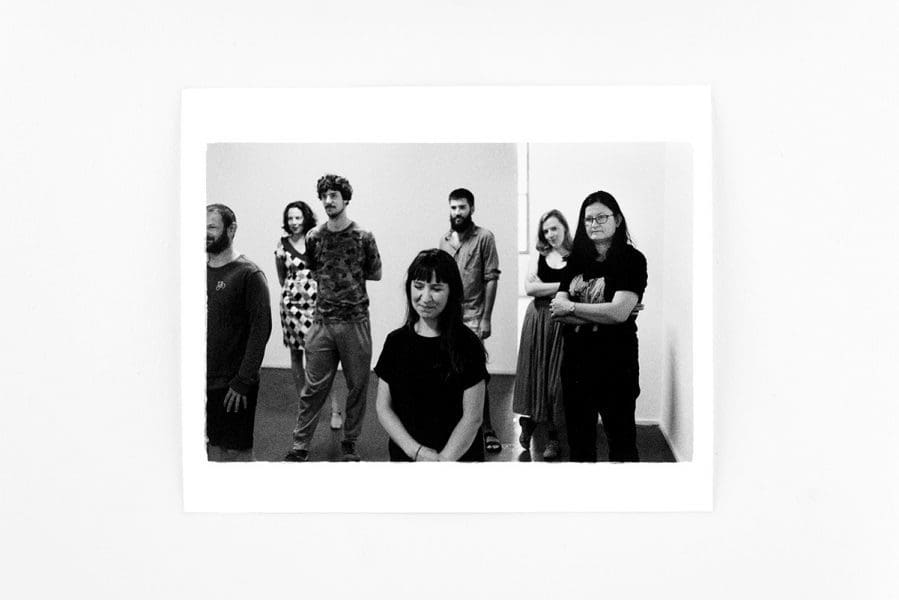
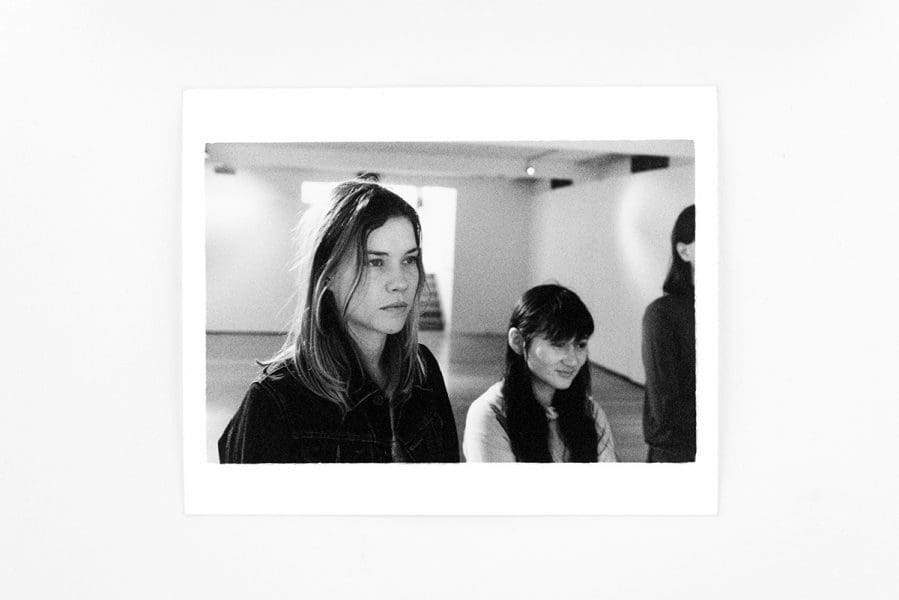
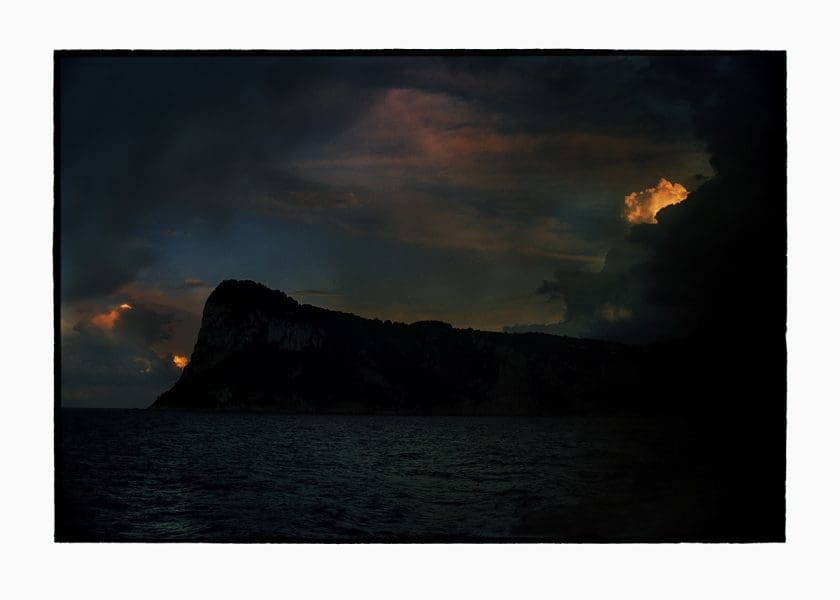
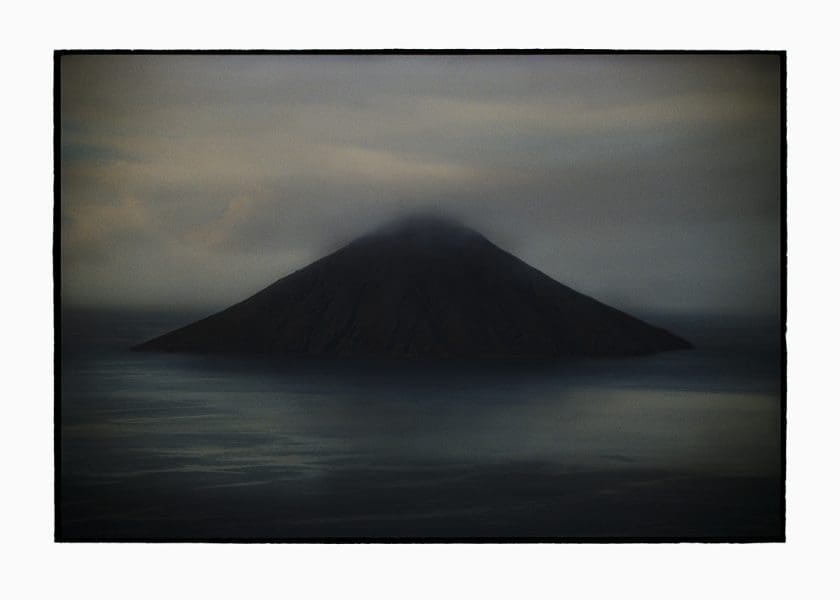
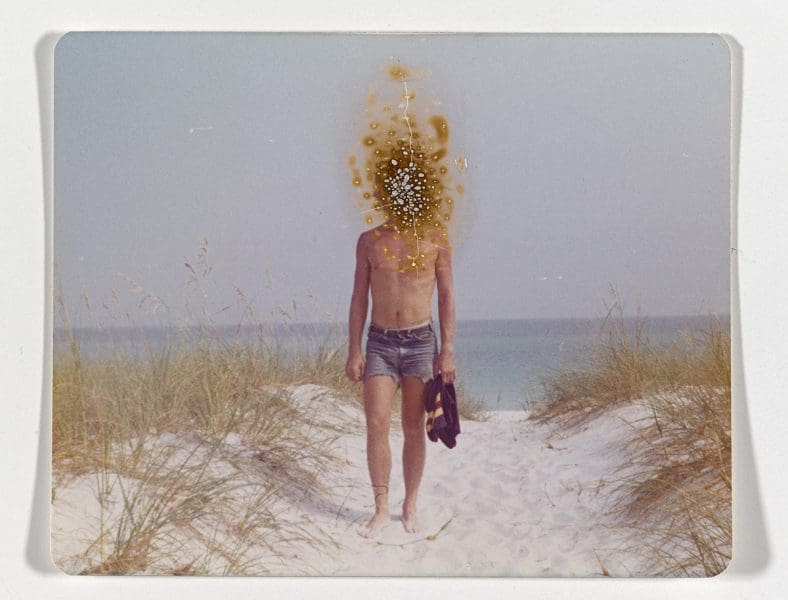
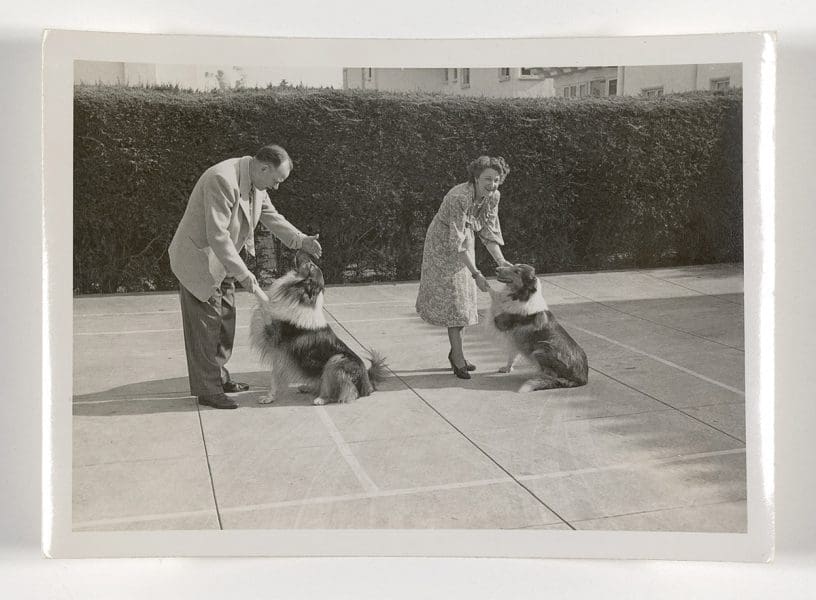
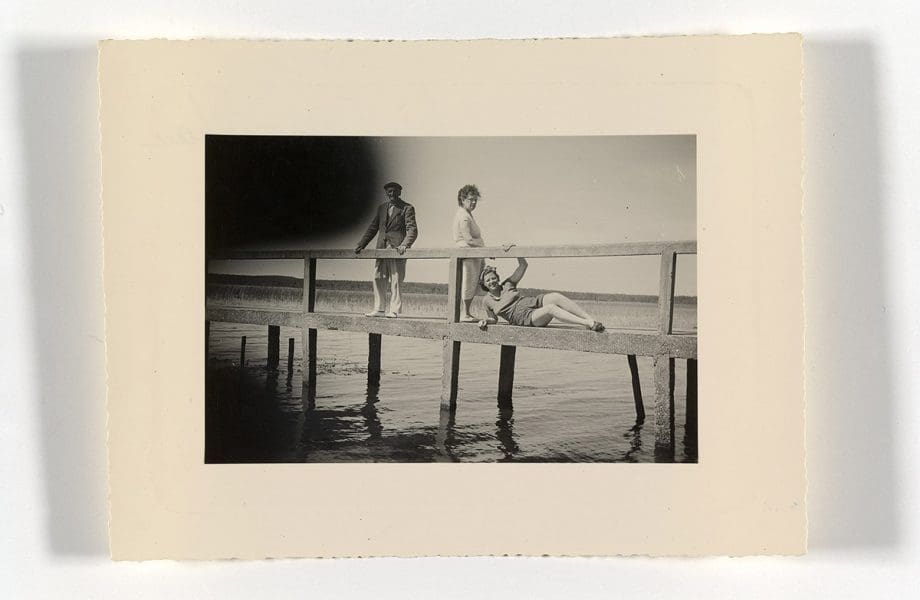
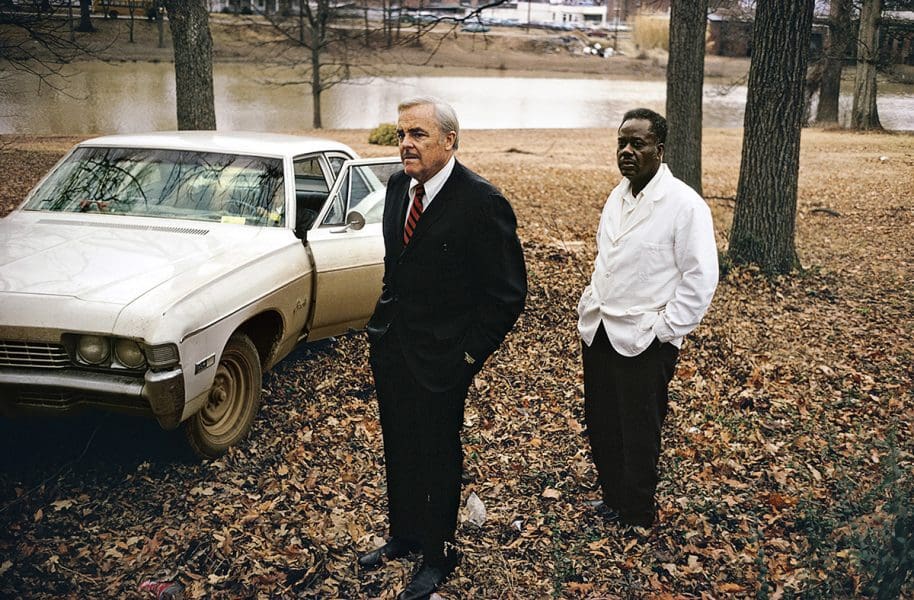
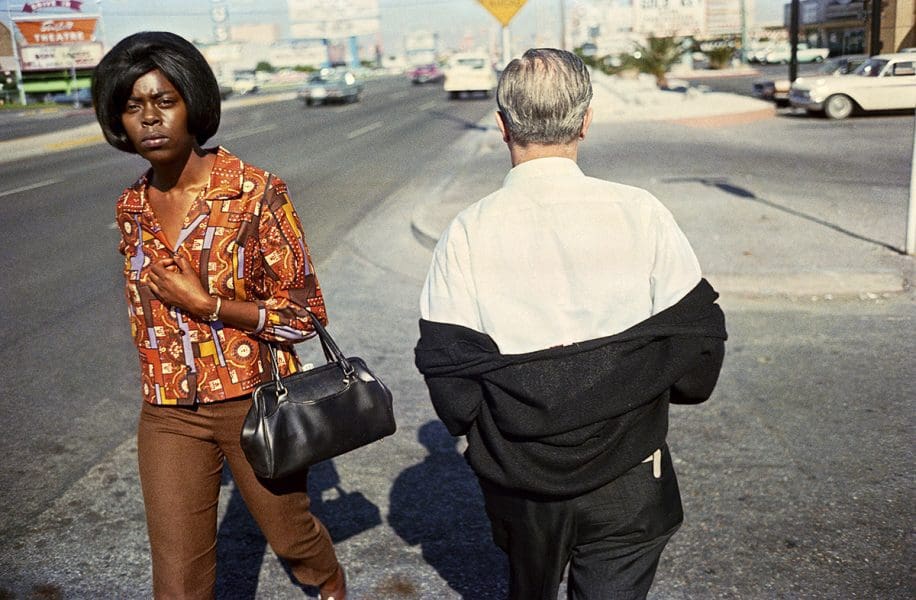
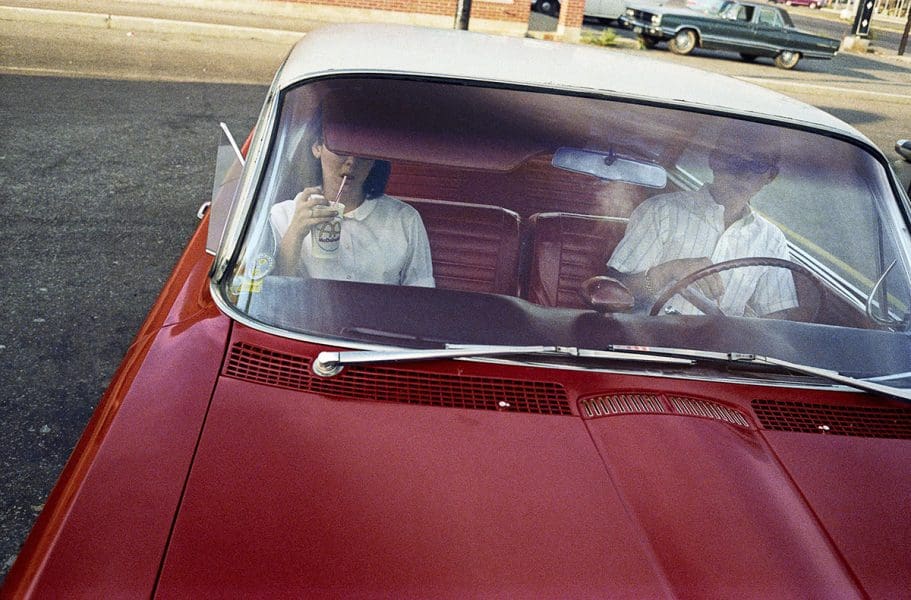
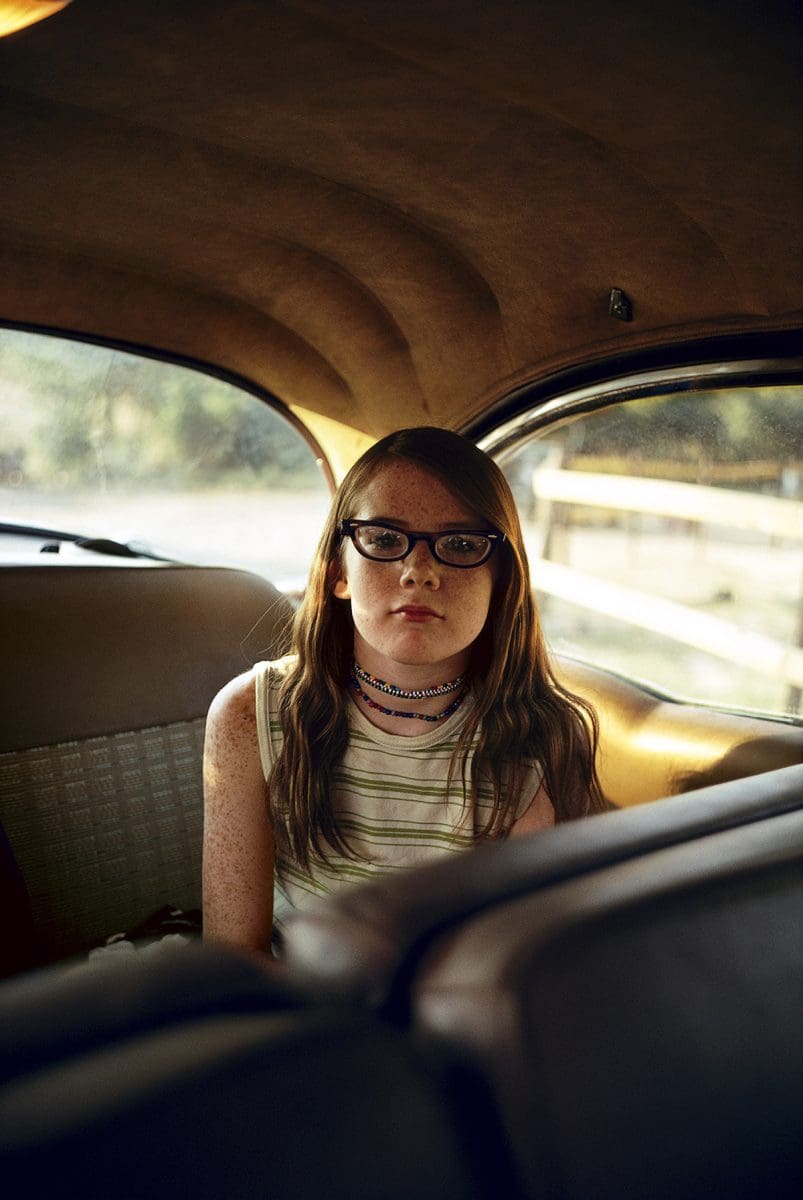
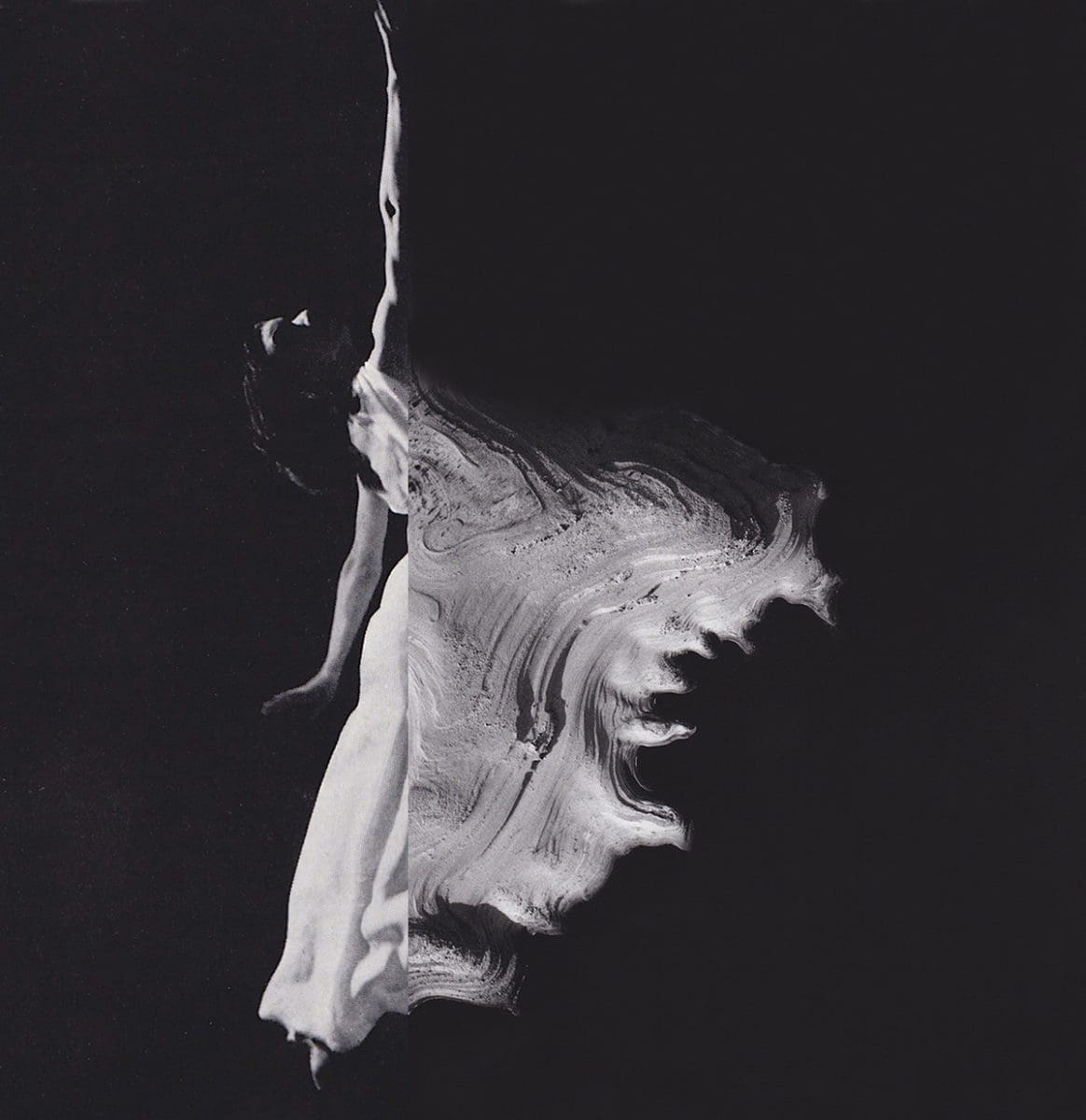
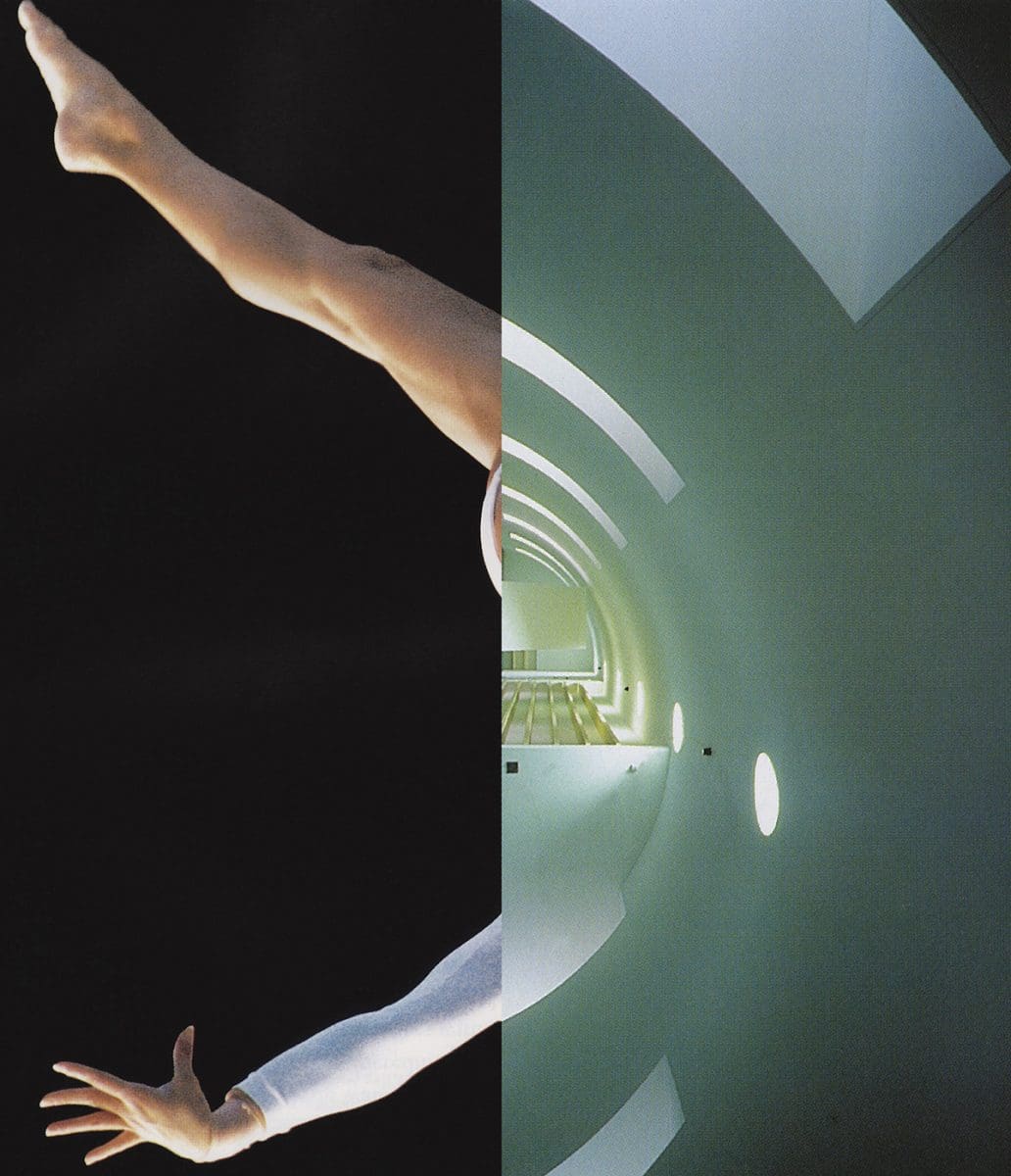
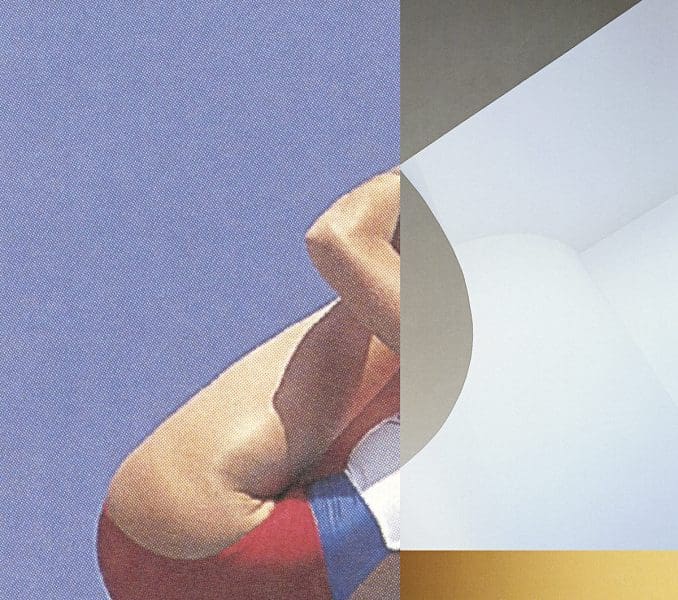
When the National Gallery of Victoria’s photography department was established half a century ago, it was the first for an Australian public institution. Back then, no one realised that 50 years later our daily lives would bathe us in an unstoppable welter of photographic imagery. From social media and advertising to the uptake of multiple visual platforms, it means we absorb imagery voraciously – and we all take our own snaps promiscuously, too. Yet art photography has not withered at the public institutions: it has thrived.
A sort of Melbourne Now of photography, the festival has big names such as Bill Henson, Sophie Calle and Thomas Demand but also a firm line-up of younger stars on the cutting edge.
“It is an exciting moment. Even as we are transitioning into this internet-based, digital-based age, there is still such a fascination with the photographic print,” Finch says. “We’ve perceived our audience’s great appetite for this ever-popular medium and run with it.”
Finch says that because most people now take photos with their devices in all sorts of contexts, they tend to be more in tune with photography as a visual art form than they have been ever before. “It is essential as a means of communication for all of us. It is no longer a marginal process. It is an interesting moment, too, because we are grappling as an institution with how we respond to the increasing digital presence of photography and how it is viewed. This festival deals more with the photographic print – but into the future that is going to be something we have to grapple with.”
Exhibitions range from a William Eggleston portrait show touring from London to local emerging artist Zoë Croggon’s new video/sculpture/collage/installation work that has a strong relationship to more traditional photography. “Zoë has a lovely way of describing how her work oscillates between the analogue and the digital, and I think that is an interesting way of seeing the whole festival grappling with that issue,” Finch says.
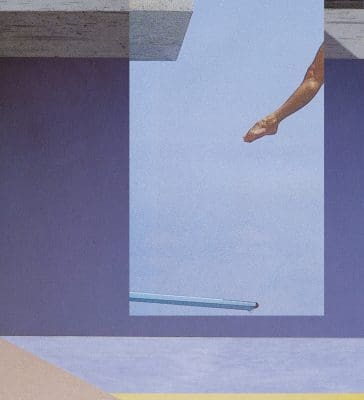
Another Melbourne artist, Ross Coulter, brings us the results of a four-year project in which he has documented audience members in Melbourne gallery spaces. Drawing on his interest in conceptual art of late 1960s and ‘70s, Coulter invited local art community members to a photo shoot and they were instructed to imagine viewing a performance art event. Finch describes the installation of more than 400 photographs as a sort of performance for the camera.
Patrick Pound provokes us, too, to ponder the huge variety of territory covered by photography, which was once viewed as being purely documentary in nature. An inveterate collector and cataloguer of found photographic images scoured from internet auctions and second-hand dealers, Pound is admired for his ability to settle on poetic groupings that reinvent meanings and lead us into unexpected contemplation. Finch describes The Great Exhibition as the largest and most compre- hensive showing of his work to date. “He has an intense fascination about the way things can hold and project ideas,” she says, adding that we will see some vast new collections drawing on his acquisitions, grouped into sometimes enigmatic themes in the same spaces as an array of objects selected from the NGV collection.
“It is his lovely idea of giving those [NGV] works a sabbatical from their ‘agreed meaning’ and encouraging audiences to rethink things, especially when these works are placed alongside his own objects,” she says. “It will be a very beautiful installation experience and that connection between artworks, objects and viewers means audiences will have to do the work to find their own connections, while seeing his connections at the same time.”
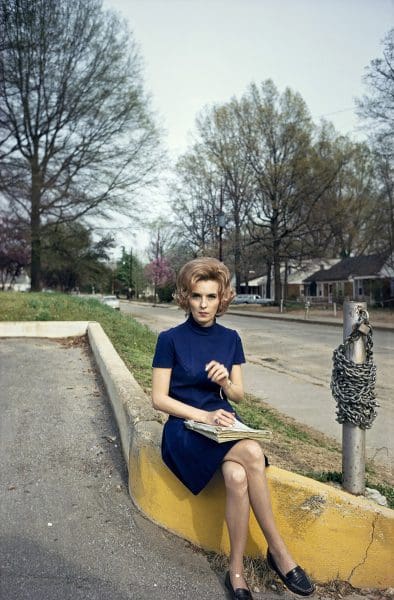
While other shows include the acclaimed Bill Henson showing his lusciously gothic work – sophisticated studies of the human condition through portraits, nudes, landscapes and museum interiors – it is the festival’s over-arching exploration of the nature of photography in the contemporary context that is likely to further excite audiences about the possibilities of this marvellously flexible medium.
“Photography has this amazing familiarity,” Finch says. “At one level it can be quite understandable at first glance because it has an evidentiary and indexical quality. Yet the way a lot of artists use it is very propositional and elusive. There are always extra layers of meaning for audiences to dig into.”
Festival of Photography
NGV International and NGV Australia
William Eggleston: Portraits 17 March—18 June
Bill Henson: 10 March—27 August
Patrick Pound: The Great Exhibition 31 March—30 July
Zoë Croggon: 17 March—30 June
Ross Coulter: Audience 17 March—16 July